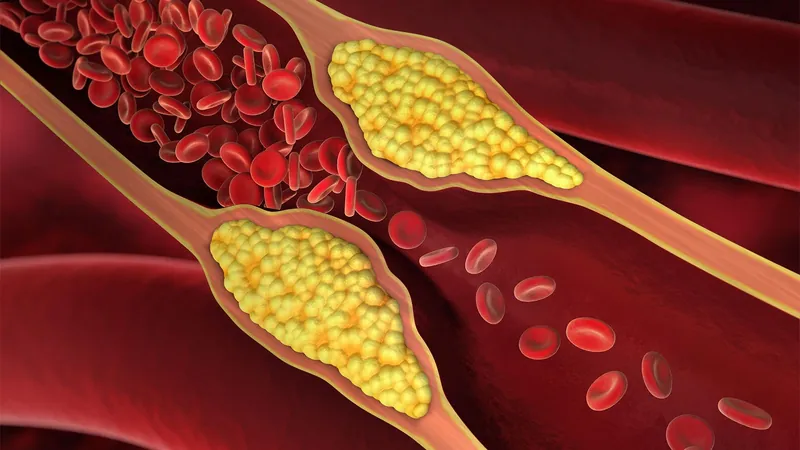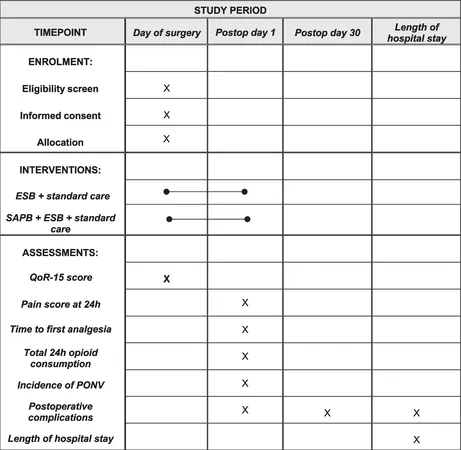
New Study Links Metal Exposure to Accelerated Coronary Artery Calcium Buildup
2024-09-18
Recent research has identified a concerning connection between exposure to various metals, whether essential or nonessential, and the progression of subclinical atherosclerosis. The study, led by Dr. Katlyn McGraw and her team from Columbia University's Mailman School of Public Health, analyzed long-term data from a diverse cohort across multiple geographical locations, revealing alarming trends in coronary artery health.
Participants with the highest levels of urinary metals showed significant increases in their coronary artery calcium (CAC) scores—a key indicator of atherosclerosis. Over a decade, individuals in the upper quartile of metal exposure exhibited troubling increases in CAC levels. Notably:
Cadmium (nonessential)
51% higher at baseline and 75% higher cumulatively.
Tungsten (nonessential)
13% higher initially and 45% higher over 10 years.
Uranium (nonessential)
17% and 39% higher, respectively.
Cobalt (essential)
29% higher at baseline and 47% higher cumulatively.
Copper (essential)
15% and 33% higher, respectively.
Zinc (essential)
An astounding 54% higher initially and 57% over ten years.
These findings suggest that metal exposure might play a substantial role in the development of atherosclerosis and could extend the established risks of cardiovascular disease (CVD) and overall mortality to earlier stages of subclinical atherosclerotic cardiovascular disease (ASCVD).
The implications of these results are profound. Dr. Sadeer Al-Kindi and his colleagues emphasize the need for public health initiatives aimed at reducing acceptable limits of metals in environmental sources, especially in communities disproportionately exposed to such pollutants. They argue that acting on these environmental factors could substantially mitigate the global burden of cardiovascular diseases while addressing longstanding health disparities.
The study also sheds light on the potential mechanisms through which metals could harm cardiovascular health, including the activation of oxidative stress and epigenetic changes. As the research underscores the critical nature of environmental exposures in cardiovascular health, experts are calling for larger, longitudinal studies to further explore metal exposure and its correlations with CAC across different demographics and to assess potential interactions with genetic factors.
While the dangers associated with nonessential metals like arsenic, cadmium, and lead have been well-documented by the American Heart Association, the nuances of how essential metals like copper and zinc affect cardiovascular health are still being unraveled. The findings indicate that these essential metals may interact in complex ways with nutritional status and environmental exposure.
The study leverages data from the Multi-Ethnic Study of Atherosclerosis (MESA), a prominent multicenter cohort study involving individuals devoid of clinical cardiovascular disease at baseline and aged between 45 to 84. The participants, numbering 6,418, underwent spot urinary tests for metals starting back in 2000-2002, revealing that higher urinary metal levels were often found among females, older adults, individuals of Chinese descent, and those with lower educational attainment.
However, researchers caution that the design of the study might entail some limitations, including possible misclassification of metal exposure and residual confounding factors due to its non-randomized nature. Additionally, the use of spot urine samples may not fully capture the long-term exposure outcomes associated with these metals.
"Pollution stands as the most significant environmental threat to cardiovascular health," stated Dr. McGraw. With metals stemming from industrial and agricultural activities, this research calls for urgent public awareness and regulatory action to mitigate exposure and safeguard cardiovascular health.
As discussions surrounding pollution and public health grow increasingly pertinent, it is crucial to remain vigilant about the hidden dangers posed by metal exposure in our environment. Stay informed and advocate for healthier communities!




 Brasil (PT)
Brasil (PT)
 Canada (EN)
Canada (EN)
 Chile (ES)
Chile (ES)
 España (ES)
España (ES)
 France (FR)
France (FR)
 Hong Kong (EN)
Hong Kong (EN)
 Italia (IT)
Italia (IT)
 日本 (JA)
日本 (JA)
 Magyarország (HU)
Magyarország (HU)
 Norge (NO)
Norge (NO)
 Polska (PL)
Polska (PL)
 Schweiz (DE)
Schweiz (DE)
 Singapore (EN)
Singapore (EN)
 Sverige (SV)
Sverige (SV)
 Suomi (FI)
Suomi (FI)
 Türkiye (TR)
Türkiye (TR)